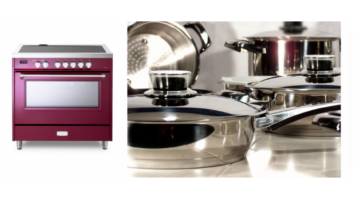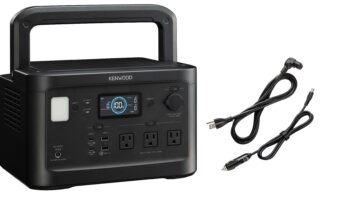“Made in USA”.
During my lifetime that label has morphed from being a reason to buy, to being a reason not to buy, and now, once again, increasingly a positive if not still rare thing. However maybe that’s about to change.
JD Powers recently reported that the percent of U.S. new vehicle buyers who say they avoid buying foreign brands, has risen to 14 percent, the highest level since the study’s 2003 inception. During the same time the percent saying they avoid buying American made cars and trucks has declined to a historically low 6 percent.
And research conducted by The Harrison Group in conjunction with American Express, shows it’s not just cars and trucks. Two thirds of what they call “high end” shoppers say they prefer to buy American made products.
Quality, or lack thereof, plays a big role in this, particularly for vehicles. Just as the Japanese were getting their high quality/low price vehicle production act together, the Americans were losing theirs, putting out product in the 70’s that was, to use a technical term, crap.
But no more. American made vehicle quality is on the rise as indicated by numerous independent research studies such as the 2012 JD Powers Vehicle Dependability Study. That study places American brands in the top three positions of 10 of 14 vehicle categories. That and a small but increasing ground swell to “buy American” to support jobs at home, says home grown US made products are once again “in”.
But just how “in”? Will any of this transfer to consumer electronics? Would the fact that some CE products are “Made in the USA” be a determining factor in the purchase decision of large numbers of American CE shoppers?
Well, for starters, made in the USA CE never completely went away. Since 1949 McIntosh has offered very high-end US manufactured home audio, and more recently, car audio as well. And the vast majority of home AV speakers are also made in the US, albeit with many foreign produced components.
But the combined sales of all that is not that great when considering things like tablets, computers, mobile phones, and certainly TV’s, all of which comes from somewhere else. Well almost all of it.
The May 23rd Wall Street Journal reported that Minneapolis based Element Electronics and China based manufacturer Tongfang-Global, are joint venturing small scale TV manufacturing in Canton, Michigan. If successful they plan to ramp up towards 200,000 units a year. If successful.
Will they be? Well, the WSJ article suggests, QVC apparently thinks so, at least enough to have agreed to sell the new sets once available. And Target has an order in as well, citing the domestic origin of US assembled TV’s as an “added bonus”.
This is all interesting on a number of levels. Many marketers instinctively believe that “Made in America” (using Element’s phrasing, “Assembled in Detroit”) will sell, while others see little to no value in that for CE products. And then there is the perspective of foreign owned manufacturing that just wants to be wherever products can be best made at the lowest possible price. As the WSJ article reports Mickey Cho, CEO of Tongfang-Global saying, “. . . global localization, making more products closer to where they are sold.”
Whatever the case, should they succeed, this suggests a possible big “page turning” coming from the “book” of CE. A book you want to read very closely assuming you plan to be in this business in the years ahead.
William Matthies is the CEO of Coyote Insight (www.coyoteinsight.com) and can be reached at [email protected] or at (714) 726-2901. Visit Business Wisdom at http://businesswisdom101.blogspot.com/













